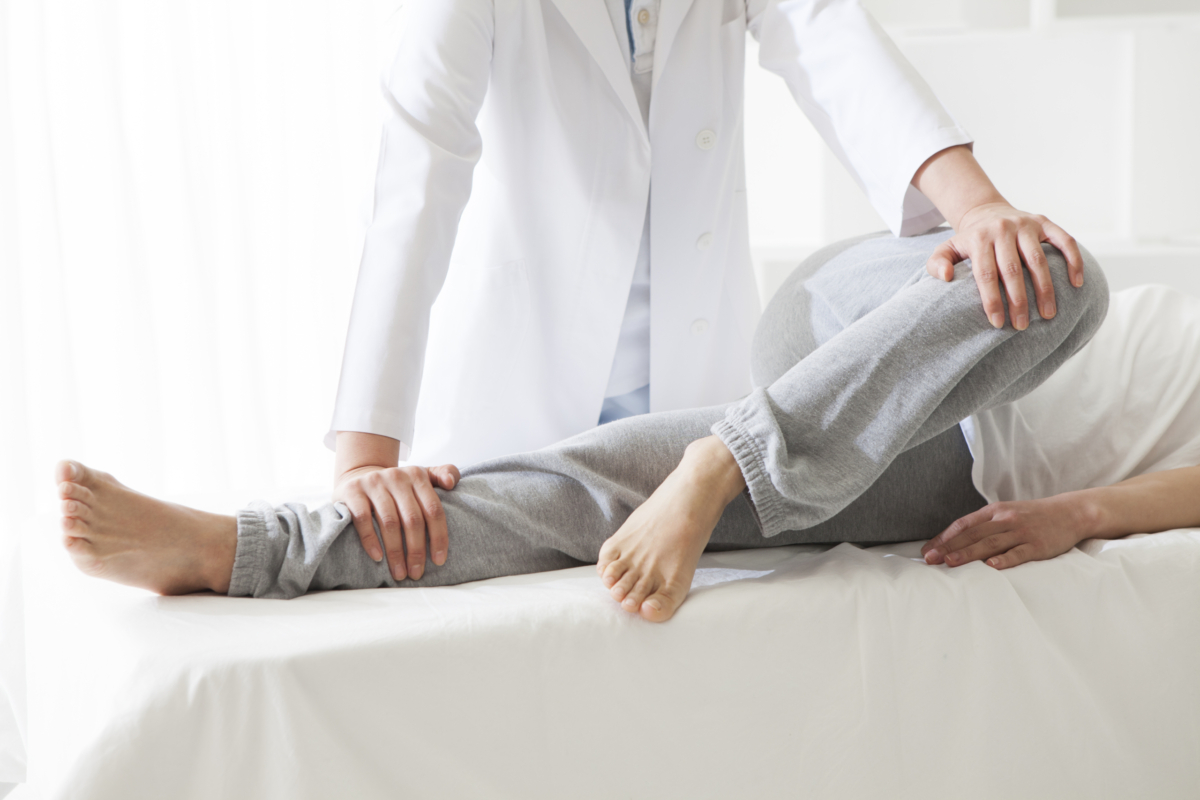As winter approached and the cool temperatures drop, so too might your comfort level. Many people notice that cooler weather tends to trigger their joint pain.
This can make an already difficult season seem unbearable. However, instead of bundling up for six months and waiting for the temperature to rise, here are some ways you can help alleviate your pain today.
1. Drink More Water
Staying hydrated will always make you feel better that’s why it’s always one of the first recommendations a doctor will give you. Water has dozens of important functions in your body. It affects everything from your brain down to your toes.
Even being just a little bit dehydrated will impair your physical performance.
When the temperatures dip, it’s easy to forget to drink water. Just because you may not feel thirsty doesn’t mean you should avoid the recommended amounts. Talk with your doctor to figure out how many ounces you should be drinking every day.
In the meantime, try to replace caffeinated beverages with water.
2. Take Vitamin D and Fish Oil
Sometimes the body needs a little extra nourishment to stay tough during the cold months. Fish oil and vitamin D are two beneficial supplements you should take during the winter.
Vitamin D is often received from sunlight. However, with the colder temperatures and the shorter days it’s likely you’re not getting enough of it on a daily basis. Vitamin D will help replenish your stores and decrease your sensitivity to joint pain.
Fish oils and Omega-3 fatty acids reduce inflammation, which is another cause of joint pain.
3. Enjoy a Warm Soak
Another great option for managing pain is with heat. Warm baths and heated pools are excellent options during wintertime. Bonus points if you can get in a little aerobic exercise in the pool as well.
Applying heat to your body will help relax and soothe the muscles and joints.
4. Bundle Up
Grab as many layers as you need to stay warm wherever you are. Throughout an active day, your environment may change rapidly. One moment you might be nice and warm in a friend’s house, and the next you’re shivering in the parking lot.
Wearing layers of clothing gives you the ability to stay at your comfort level throughout the entire day, no matter what you are doing. If you can keep yourself comfortable and warm, you’ll be less likely to notice joint pain.
5. Stretch to Avoid Knee Joint Pain in the Cold
During the winter months, it’s tempting to stay inside and cuddle up in a warm blanket. Unfortunately, inactivity will lead to increased pain. Stretching and light exercise will help keep the body from getting stiff and achy. Plan to do at least 20 minutes of stretching or walking each day.
If after trying all of these tips you still feel intense joint pain. Talk with our team. We can help you find real solutions that last during even the coldest months.
Related Articles
ACTIVE ORTHOTICS- Offers a plethora of foot relief.
Mar 21, 2024
Orthotics, often custom-made inserts for shoes, offer a plethora of benefits to individuals seeking relief from foot, ankle, or lower limb issues. By providing additional support, cushioning, and alignment correction, orthotics can alleviate pain, improve posture, and enhance overall mobility. They are particularly useful for conditions like plantar fasciitis, flat feet, or overpronation. Furthermore, orthotics […]
Read More
Chiropractor While Pregnant – What to Know
Oct 21, 2021
Visiting a Chiropractor While Pregnant Along with the immense excitement that comes with being pregnant, strict rules, regulations, and restrictions follow right behind. While there is some universal guidance, e.g. don’t smoke while expecting, other limitations are up to the individual. Chiropractic care, for instance, is considered to be actually rather beneficial to those who […]
Read More
Full Body Chiropractic Adjustment
Sep 30, 2021
If you’ve ever experienced chronic or recurring pain, then you know how frustrating it can be. For pain relief that is holistic and non-invasive, consider trying full-body chiropractic adjustment. Not only does it relieve discomfort due to injury or overuse, but its long-term benefits include better organ function, blood flow, and joint flexibility. Whether it’s […]
Read More


